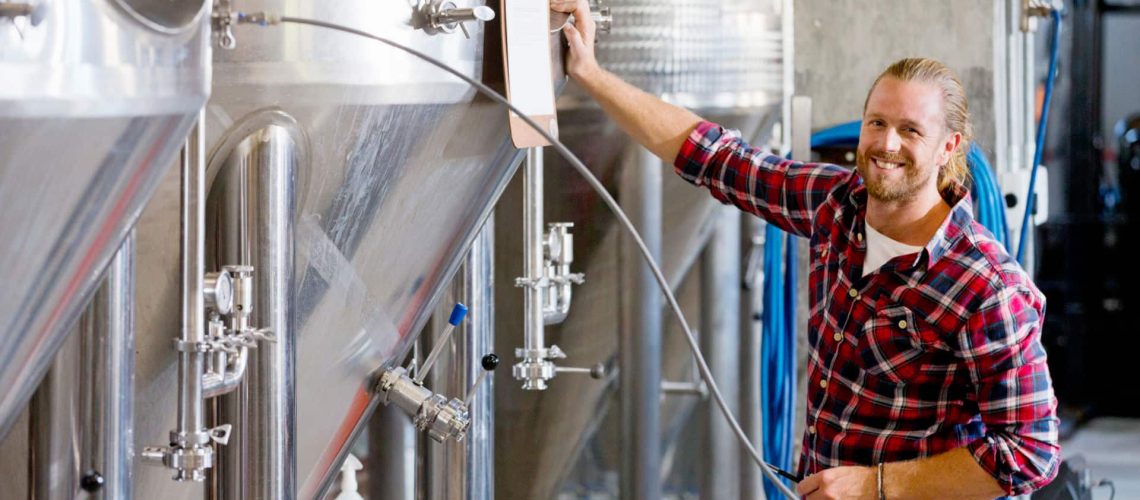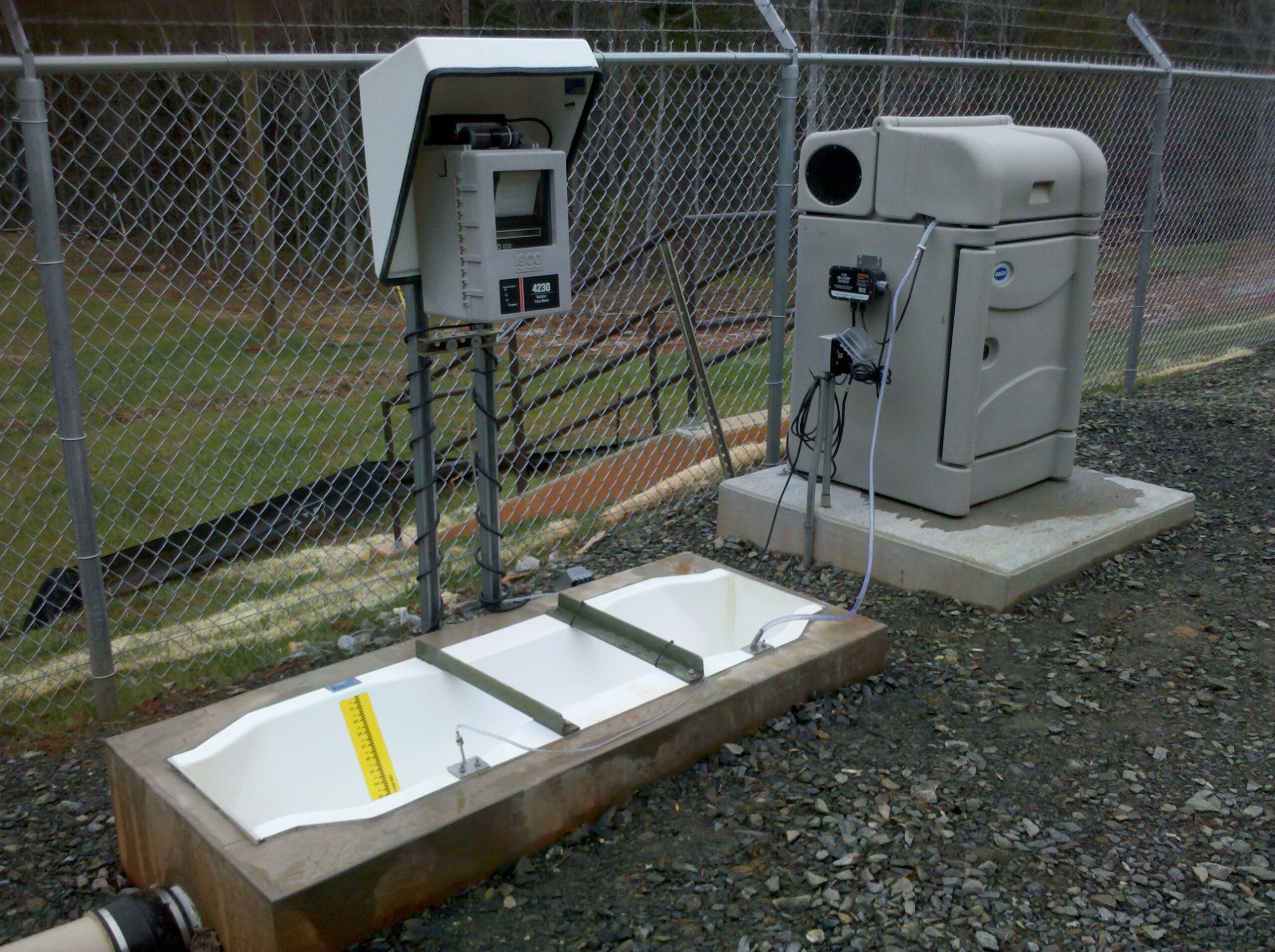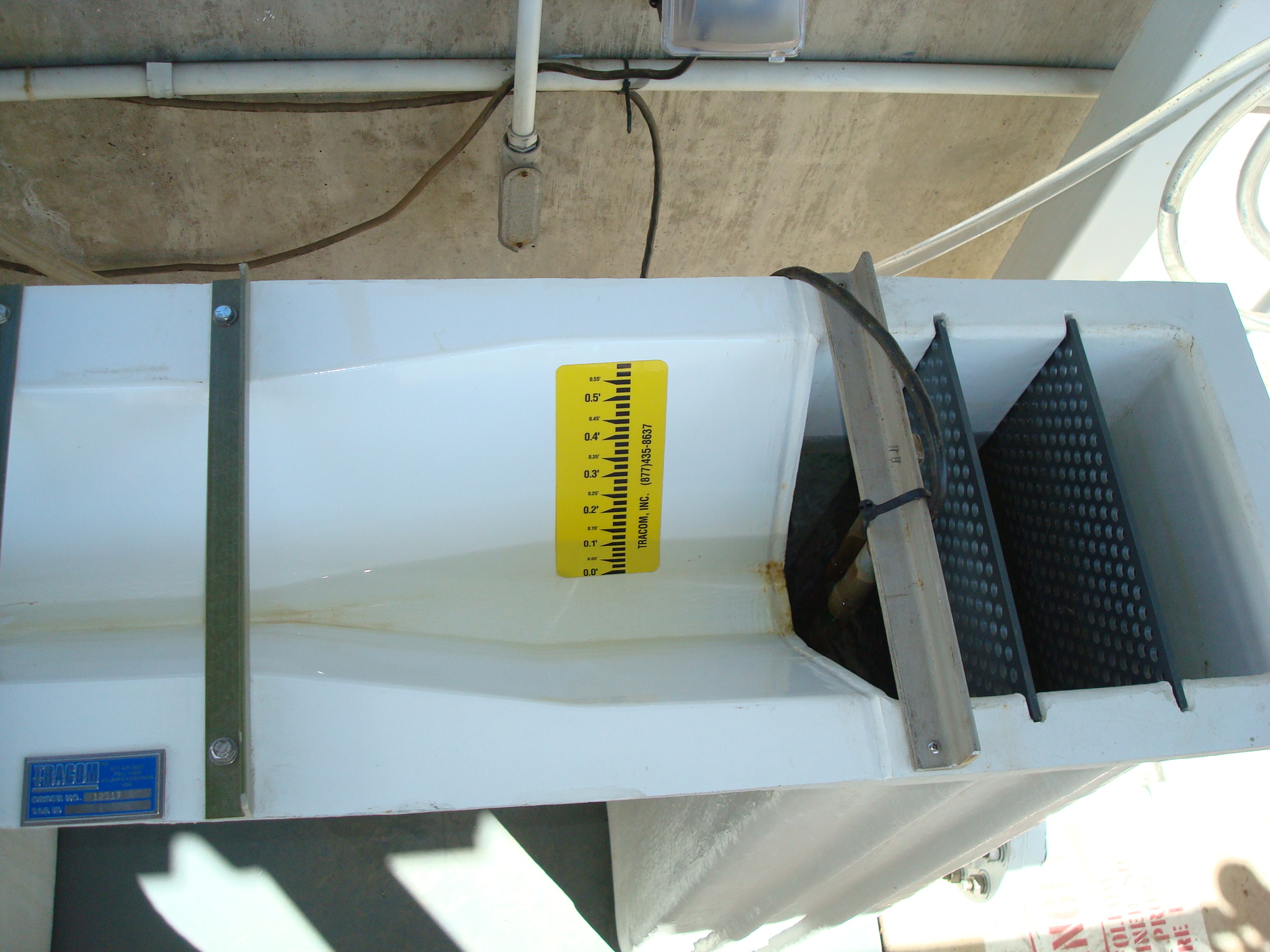Flumes and weirs are among the most useful devices for measuring flow rate, and they can be applied to a wide variety of industries that need those accurate measurements to function properly and maintain legal compliance. These devices can even double as filtration systems, which can be particularly handy in certain kinds of facilities, though they can only filter out larger pieces of sediment rather than small debris or specific kinds of chemicals.
Flow rate measurement devices are essential for the brewing and distilling industry to ensure that they’re being economical with the amount of water used and that the excess is recycled properly. Fortunately, quite a few devices can work exceptionally well for the brewing industry by having the form and function best suited for the open-flow channels that distilleries make use of. Discover how distillers use flumes and weirs to measure discharge for both volume and concentrations of certain chemicals.
Wastewater Discharge Requirements
To remain compliant with local and federal regulations, breweries must meet certain wastewater discharge requirements. It’s not just a matter of legal compliance either, as these regulations are in place to protect against damage to the environment and needless wasting of resources. Plus, a poorly maintained discharge can wreak havoc on existing infrastructure like sewer lines. This is not only costly to the people who need that sewer line for daily life, but it can cost quite a bit in fines for the responsible distillery.
Fortunately, having a good flume or weir system in place makes it easy to keep track of discharge to not only maintain compliance but also increase efficiency as much as possible. Combine that with industry-proven best practices, and you’ll have everything you need to take control of any brewery discharge you may be dealing with, allowing you to focus on what matters most, which is the brews themselves.
Total Suspended Solids
One of the most important aspects of wastewater to measure is the total suspended solids, or TSS. When it comes to breweries, this typically consists of grains, hops and spent yeast. These substances can block sewer lines, which can lead to damages that the brewery that created the backup will be liable for.
Biochemical Oxygen Demand
The biochemical oxygen demand, or BOD, of a flow designates how much oxygen is required to decompose organic matter from a flow by aerobic bacteria. Put simply, it measures how much organic pollution is in a flow. To comply with regulations, the amount of organic pollution must be reduced before the flow enters any wider water system.
pH
When it comes to wastewater, the pH needs to be between 5.0 and 12.5 in most cases, though this can vary based on locality. Anything outside of these limits can cause corrosion in the wider sewer system and make it more difficult for typical wastewater treatment methods to work as effectively.
Temperature
At breweries, wastewater can have a fairly high temperature. While this can be necessary for brewing and distilling, it’s important that it gets cooled before leaving the facility. Treatment plants tend to not be able to handle excessively hot water well.
The Importance of a Monitoring Point
The only way to ensure that a brewery or distillery is maintaining compliance is to have a monitoring point in place. This is the point upstream of the flow meter from which you can collect samples. It’s important to remember that this monitoring point should be in a place where you only get readings from brewery wastewater rather than from all sources of wastewater your facility may produce, such as water from restrooms or an attached restaurant.
Organizing your wastewater system for optimal readings is relatively simple. Your general brewery operations as well as any plant wash-down should be directed into the same channel that leads to the treatment equipment. Afterward, it should flow directly into your monitoring point, which is set just upstream of the flow meter with the exact distance depending on the particular flume or weir box you opt for. Only after the flow rate measurement device will the wastewater from the restrooms and restaurant flow into the channel before it reaches the sewer.
Preventing Sediment
Sediment buildup can be tough to deal with, so the best thing to do is prevent it from occurring in the first place. By using the proper tools and techniques, the problem can be reduced significantly, which makes any subsequent sediment that does become problematic much easier to deal with.
To best address any sediment issues, you must first understand how sediment accumulates. It can develop in any system that deals with solid waste, but breweries specifically can have organic matter and debris like glass build up in the flow. When this sediment buildup reaches a certain point, the ability of your flume to accurately measure flow rate can be hindered because the sediment changes the interior dimensions of the device.
Preventing this buildup is easier than you might think, though it does require some effort. You can install screens or filters on floor drains designed to catch any excess solids. You can also add filters to kettles or mash tuns to catch any spent yeast, hops, grains and trub from getting into the flow channel. Disposing of this collected debris off-site also lessens the impact on the local sewer system. Of course, simply remaining vigilant about sweeping and spill collection can have a major impact too.
Controlling pH
For the most part, you’ll be dealing with acidic wastewater simply due to the nature of the brewing process, but outliers can happen. PH abnormalities are most often caused by the cleaning process, so there are a few tricks to keep in mind to ensure that you maintain compliance.
The primary strategy is to use a tank specifically for pH adjustment. When looking at your entire flow channel setup, this tank should be present upstream of the monitoring point. In the tank, make use of a mechanical mixer with propeller blades to neutralize wastewater that’s too acidic or too alkaline. Keep in mind that angling the mixer is typically the most effective way to turn over the entire tank volume as fast as possible without compromising the process.
Some pH abnormalities can happen on a smaller scale, and they’re much easier to treat. If the water is too alkaline, for example, you can use acetic acid like vinegar or citric acid to neutralize it. If the water is too acidic, you’ll have to take the opposite approach by adding alkaline solutions like lime or calcium carbonate. Keep in mind that the specific solutions required will vary based on the degree of pH abnormality.
Always Keep Records
Record keeping is not only necessary for legal compliance, but it helps with your operations as well. Keep detailed records of all your wastewater management efforts including documenting how much waste removal happens off-site, to what degree and on which dates it happens. The method of disposal will also need to be detailed. These records should be available for reference on-site at your facility, dating back no less than the minimum period required by your local municipality.
Finding the Right Flume
Various flumes can work in a distillery or brewery setting, but some definitely make the job easier than others. There are certain kinds of flumes that you’ll almost never find in a brewery simply due to the problems that arise when dealing with sedimentation. Even so, you’ll still need to practice proper maintenance so that the flume offers accurate measurements for the foreseeable future.
The Wrong Flumes
Some flume styles simply don’t work well with flows that can see a lot of sedimentation, despite them excelling in other areas. These are flumes that have a design implementing raised throat sections in a way that lets solids build up easily in the channel. Palmer-Bowlus flumes and RBC flumes see this happen rapidly upstream of the ramp. Meanwhile, HS/H-type flumes accumulate excess sedimentation throughout the approach section. Either way, these flume systems are typically a bad match for breweries.
The Right Flumes
The proper flumes for breweries and distilleries can handle solids and sedimentation. Among the best is the trapezoidal flume. This uniquely shaped device is largely self-cleaning with its slanted walls allowing sediment to pass cleanly through. If a buildup does happen, the flow generally is strong enough behind the buildup to knock it loose in a short period. Still, you’ll need to check it regularly and follow common cleaning practices.
Cleaning Sediment
Even though a trapezoidal flume is largely self-cleaning, you’ll still need to maintain the overall site. While your flume will probably be indoors, it’s still important to check the surrounding area to make sure that no trash or growth has made its way into the flume. Note that this shouldn’t be limited to the flume itself, as downstream problems can lead to submerged conditions for the flume.
Examine the upstream conditions for several possible problems. Scour or bypass can throw off your readings entirely, but that’s generally not much of a problem unless you’re dealing with an earthen channel. Flumes can also shift over time due to a variety of factors. Additionally, you’ll want to clean the approach channel’s sidewalls with a mild detergent if there’s a significant buildup of fine sediment. Fine sediment tends to cling to the walls rather than the channel floor, and too much of a buildup can alter your approach conditions.
If you find that there’s too much sediment to clean out promptly, you’ll need to take steps to prevent its accumulation in the first place. Implementing a trap or sump upstream to capture solids may be your best bet. This will still require cleaning, but cleaning out a sump can be easier and more convenient than a flume.
Trapezoidal Flumes
Overall, the best kind of flume to use for the brewing/distilling industry is the trapezoidal flume. While the trapezoidal flume was originally developed for agricultural applications, given how its shape mimics irrigation channels, it has long since been implemented in various industrial discharges thanks to its ability to adeptly handle sedimentation.
While trapezoidal flumes can come in many different materials, such as stainless steel or aluminum, the most effective material tends to be fiberglass. From the way it’s produced to how it stands up to the inevitable passage of time, fiberglass continues to prove itself to be the best option when it comes to flume materials.
Benefits of Fiberglass
The most important aspect of any flume is its dimensions, and fiberglass flumes have a unique advantage in that regard thanks to their construction method. The material is shaped using a mold that creates most flumes in a single piece. This ensures dimensional integrity without having to worry about how different parts may fit together.
Additionally, fiberglass flumes function quite well thanks to their inherent corrosion resistance. While flows with solids can throw off measurements, they can also damage flumes. With fiberglass, however, the polyester resins can withstand higher amounts of damage and exposure to alkaline or acidic flows. With that kind of resistance, they also tend to be cheaper in the long run compared to other kinds of available materials.
Flume Accessories
Quite a few accessories can be implemented with your trapezoidal flume to make the flow rate measurement process in your brewery much easier. Flow meter mounts are among the most popular because they make taking the actual readings simple and reliable. You’ll also find numerous options for flow conditioning and even those utilizing unique connections when implementing a new flume in an already existing system.
Brewery/Distillery Flumes From Tracom
To find a trapezoidal flume for your brewery or distillery, look no further than Tracom. Our team can help you find the best flume fit from our catalog or create a unique flume from scratch based on your specific needs. Contact us today to get started!





